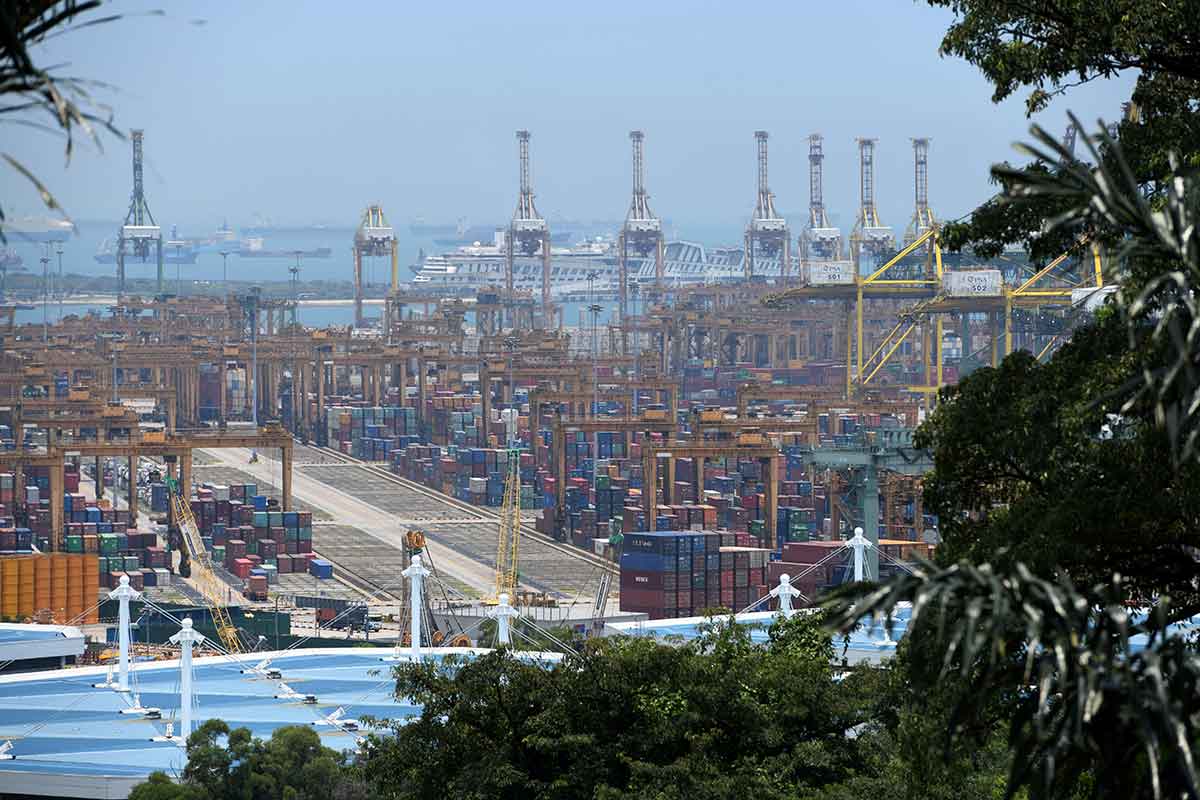Southeast Asia’s been home to almost half of the biggest growth drivers in the past half-century. To keep investors interested, it’ll have to make the right moves across technology, education and infrastructure, according to Diaan-Yi Lin, a senior partner at McKinsey & Co.
Among 71 developing economies of the past half-century, 18 are responsible for the lion’s share of growth, with eight of those within Southeast Asia, a September McKinsey report showed. With the right policy mix, these economies could double their gross domestic product to almost US$5 trillion over the next decade, or about five percent of the global economy, the analysts found.
Lin sees two categories of Southeast Asia economies: the so-called “CLMV” countries - Cambodia, Lao PDR, Myanmar, Vietnam - that grew over five percent in a two-decade span through 2016, and the others - Malaysia, Thailand, Singapore and Indonesia - that kept up about a 3.5 percent pace in the 50-year span from 1965.
Here are Lin’s takes on how Southeast Asia got here, and the secret sauce for going forward:
Southeast Asia’s growth drivers
Lin sees two factors that have bolstered the region since 1965. The first, and more important, is capital accumulation - domestic savings and foreign direct investment (FDI).
“That’s the basis of the virtuous productivity and growth cycle - you can invest, investment leads to income, allows for further investment, allows for innovation,” she said. “If you had to pick one thing, that would be it.”
Secondly, the role of large companies - those with more than US$500 million in revenue. About two-thirds of the companies at the top of the food chain were rotating out of that echelon, meaning there was healthy turnover rather than monopolies that restricted dynamic growth, Lin said.
One potential caveat here: The concentration of state-owned enterprises (SOEs) - particularly in Indonesia and Vietnam - “begs a big question of the level of competition that these SOEs are subjected to may need to be increased.”
How to keep up momentum
The booming economies of Southeast Asia face three primary challenges in sustaining their impressive growth records, according to Lin.
It comes down to how well the economies adopt the technologies that exist today, and that calls for a greater emphasis on education in STEM - science, technology, engineering, mathematics - as well as in worker re-skilling programs, she said.
The economies also will have to tackle a “new type of labour force” where productivity boosts will be all the more important, particularly in economies such as Thailand and Singapore where aging is rampant. Also critical: “the power of parity. How do you get as many labour inputs back into the market? Which means women.”
Lastly, the region is awash with infrastructure needs: “The specific asset class will vary, but almost everyone needs more roads, airports, power grids, water, and ports.” - Bloomberg
